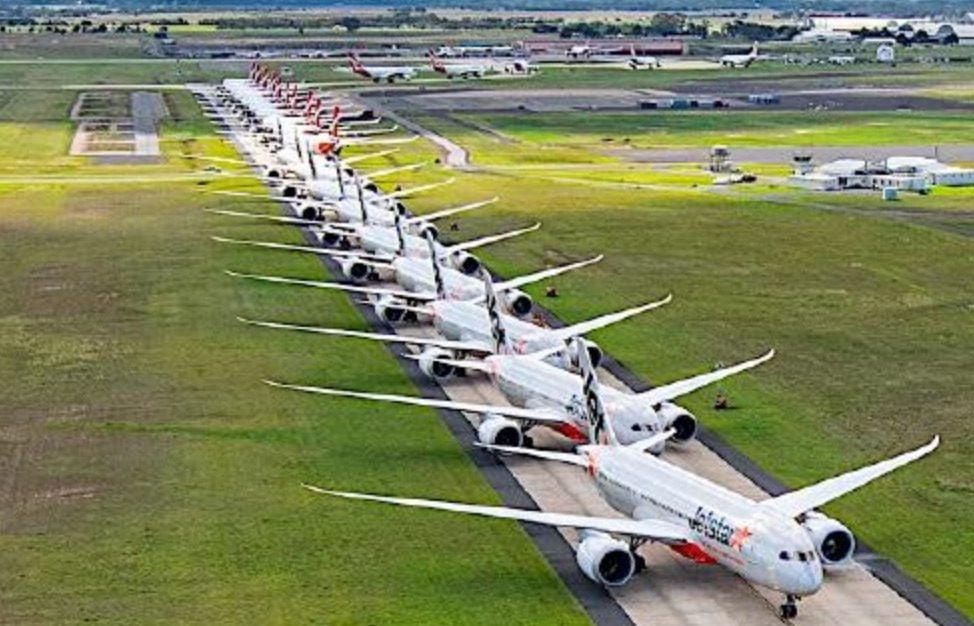
Grounded Aircraft
News
With the global pandemic, a lack of passenger demand, and airlines grounding aircraft, the fleet of leased aircraft and aircraft lessors will be under pressure. It is estimated that more than 1,000 aircraft will have their lease end in the coming year with no onward lessee to take the airplane. That represents a tremendous potential loss to lessors, who would, basically, need to eat the capital costs of an airplane generating no revenue.
Free markets tend to find a price point at which supply and demand come into balance. But in today’s case, the global pandemic has reduced demand to the point that supply greatly exceeds demand and some of the aircraft coming off lease will not be placed. In this situation, basically a market glut of product, prices tend to plummet until demand returns, upon which prices (values) rise again.
The question facing lessors is how low to price an aircraft to generate cash flow without losing money by underpricing the longer-term potential of the asset committing it to a low price over the longer term.
Subscriber content – Sign in Monthly Subscription Annual Subscription




